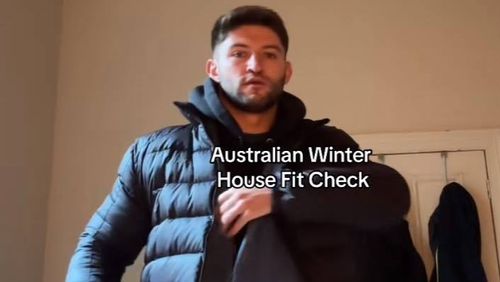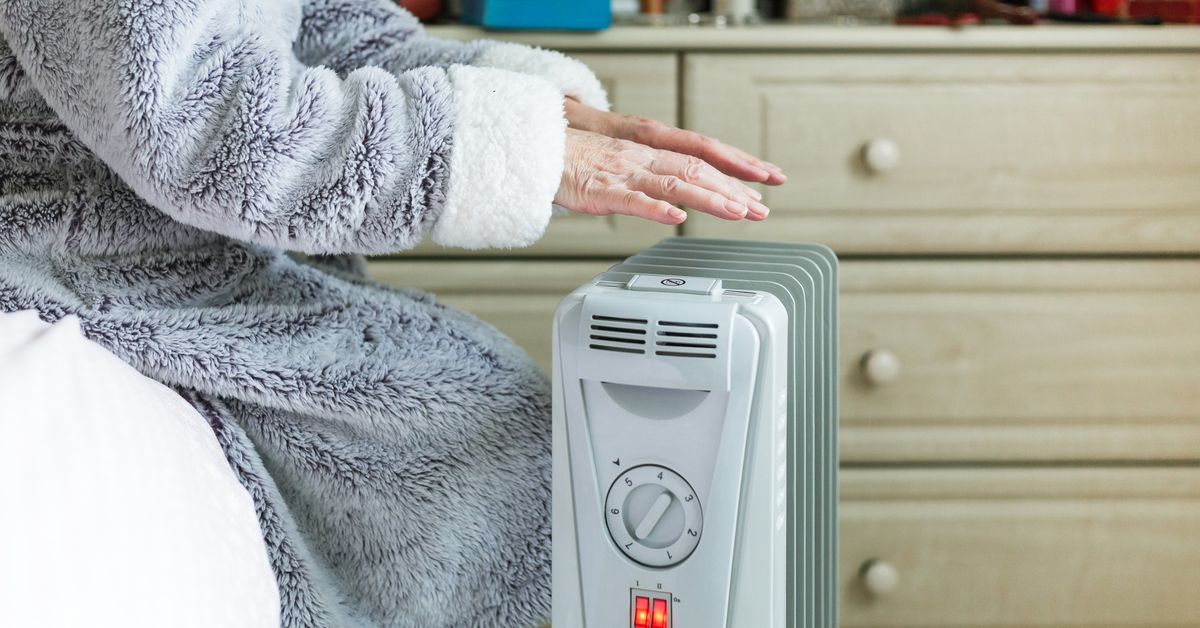Uninsulated, draughty homes with poorly fitted heaters are leaving Australians shivering through winter, according to one expert.
But many Australians are taking to social media to ask why it sometimes feels colder inside their homes rather than outside.
Dr Nicola Willand, of the RMIT University School of Property, Construction and Project Management, said it comes down to construction and cultural norms.
“Australian homes tend to be uninsulated, draughty and fitted with inefficient heaters,” Willand said.
“This means that warmth dissipates quickly once heating is switched off, air movement between heated areas and the colder walls and windows make people feel uncomfortable, and it makes heating very ineffective and expensive.”

She said Australians are more inclined to adopt “coping practices” such as wearing coats and onesies to combat the chill.
“Watch Gogglebox and you’ll see participants rugged up with blankets, hoodies and mugs of hot drinks and wearing sheepskin boots, protecting them from the cold air and naturally insulating against cold floors,” she said.
Willard said even the nation’s regulatory standards reinforce underheating and that many people were unaware of the health risks associated with cold homes.
“Keeping warm advice that focuses on body warmth ignores the risks of cold indoor air for respiratory and heart health, infections and mould,” she said.
“For renters, minimum rental standards in Victoria call for one heater in the living area.
“This leaves bedrooms cold and at risk of mould, or tenants must use expensive portable electric heaters.
“A least Victorian tenants get a fixed heating appliance.
“The NSW social housing guidelines restrict the provision of heating devices to dwellings in the cool temperate and alpine climate zones.”

